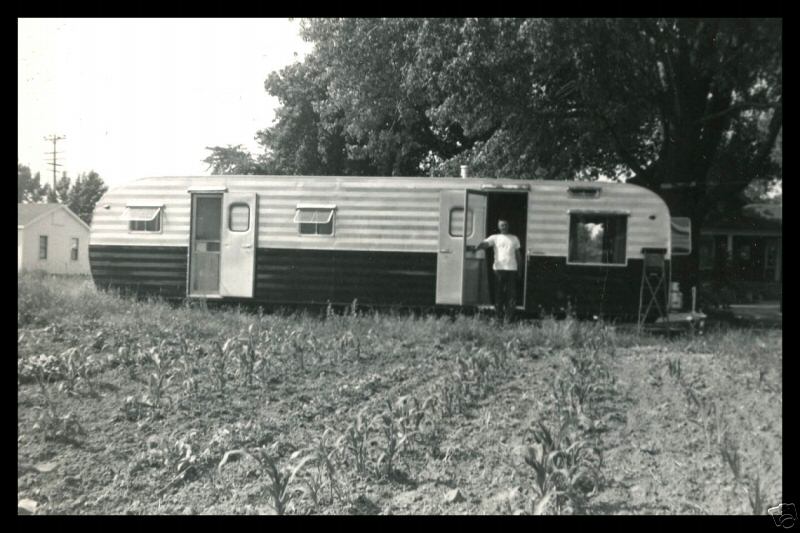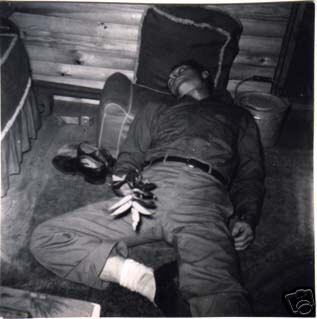Schwarz
View current page
...more recent posts

it was the best of times (shs class '74) it was the worst of times.
![]()
shipping containers turn 50
edit : ok make that "53" per commenter justin
The Old Town School of Folk Music
contemplator
you tube music video snob-off from kenny more kenny more snob
Jane Jacobs dies
jazzfest field guide

Oh Stewball was a racehorse, and I wish he were mine.
He never drank water, he always drank wine.
His bridle was silver, his mane it was gold.
And the worth of his saddle has never been told.
Oh the fairgrounds were crowded, and Stewball was there
But the betting was heavy on the bay and the mare.
And a-way up yonder, ahead of them all,
Came a-prancin' and a-dancin' my noble Stewball.
I bet on the grey mare, I bet on the bay
If I'd have bet on ol' Stewball, I'd be a free man today.
Oh the hoot owl, she hollers, and the turtle dove moans.
I'm a poor boy in trouble, I'm a long way from home.
Oh Stewball was a racehorse, and I wish he were mine.
He never drank water, he always drank wine.
dj bobbie bob
Louise Smith, first lady of racing, dies at 89
paint it black! paint it black you devil!
FLW field guide reviewed
"The two-dimensional photograph can't begin to suggest what he put into the house for the observer," says Heinz, now an architect, author and photographer based in Mettawa. "The typical Wright house is meant to be walked by, driven by, lived in, not just seen from a single perspective-and that's where I think Wright's buildings are so different from everyone else's, and why photographs are often so deceptive. The photographer will take full advantage to bring you the best of the building, using wide-angle lenses, narrow cropping and so on, which alters your perception of it. Seeing it in person, you get so much more of the colors, textures and context of the building."
For example, photographs of Heinz's favorite Wright building -- the Robie House on the University of Chicago campus -- tend to make it look as if it were situated on a two- or three-acre lot, when in fact it's what Heinz calls "plunked down" on a corner and almost crowded by other structures. On the other hand, the same photographs don't convey the sheer majesty of the house's textured copper gutters, its massive brick piers and heavy limestone planters.
In his new book, Alain de Botton argues that human characteristics can be found everywhere in the inanimate world of objects
If we can judge the personality of objects from apparently minuscule features (a change of a few degrees in the angle of the rim can shift a wine glass from modesty to arrogance), it is because we first acquire this skill in relation to humans, whose characters we can impute from microscopic aspects of their skin tissue and muscle. An eye will move from implying apology to suggesting self-righteousness by way of a movement that is in a mechanical sense implausibly small. The width of a coin separates a brow that we take to be concerned from one that appears concentrated, or a mouth that implies sulkiness from one that suggests grief.
Codifying such infinitesimal variations was the life's work of the Swiss pseudoscientist Johann Kaspar Lavater, whose four-volume Essays on Physiognomy (1783) analysed almost every conceivable connotation of facial features and supplied line drawings of an exhaustive array of chins, eye sockets, foreheads, mouths and noses, with interpretative adjectives appended to each illustration.
Programs and Manifestoes on 20th-Century Architecture
hotel blue wave
nice accompanying film w/ "help! my condo is a big chuck of packing material and the hallways and apartments arnt marked" dream sequence.
alsa pinstriping products
via zars
The unpronounceable masterpiece of the Industrial Revolution: Telford's Pontcysyllte Aqueduct
We expect that probably a million, and perhaps as many as a million and a half, additional residents will come to New York City in the next 25 years.
By then, the whole tri-state region, the already-crowded 31 counties in and around New York City, is expected to grow to 26 million people.
But amid all these larger questions, as the board of the complex mulls designs for a new wall, residents there — and some outsiders — have been asking another question: What happened to the stones?
"We would like the stones back that the city took from us," said Gerald Fingerhut, the treasurer of the 550-unit co-op. "But I'm saying it semi-facetiously, because the chance of our getting them is zero."
Mr. Fingerhut was referring to the pieces of rough-cut Manhattan schist that make up the surface of Castle Village's wall. They are stones from Manhattan's bedrock, of a type known as subway mica because it is often found during subway excavations.
If the stones were still available, some residents speculate, Castle Village might be able to embed them in the surface of any repaired areas, helping it blend in with the intact portions of the wall. Because there are almost no new sources of Manhattan schist, the stones might also have resale value, which could have helped Castle Village climb out of its financial hole.
"To stockpile them would definitely have been the intelligent thing to do," said Kate Ottavino, a partner and conservator at the A. Ottavino Corporation, an Ozone Park stoneworks.
Instead, the stones seem mostly to have been dumped or pulverized along with the 41,000 cubic yards of rubble removed by contractors.
"They were all disposed of," said Anthony Santoro, a vice president at Trocom, one of the cleanup's two principal contractors. "A lot of it was loaded up on sanitation barges that went to landfills." He said that separating the stones from the soil, trees, and other debris that crashed down along with the wall would have been both expensive and time-consuming.
City officials said that some stones are probably still buried under the remaining pile of rubble. And the Parks Department took 1,000 cubic yards of material (about 2 percent of the total haul) to Randalls Island, where Castle Village's stones now dot the shoreline.
In recent meetings with city agencies, "We've said: 'Oh, by the way, you've carted away all our stuff. When are you going to bring it back?' " recalled Donna Rounds, the co-op president. But amid negotiations with the city over carting fees, and under the threat of fines if a new wall isn't built by year's end, Castle Village is reluctant to offend the city over missing rocks.
the eyes of saint joseph, jersey city

